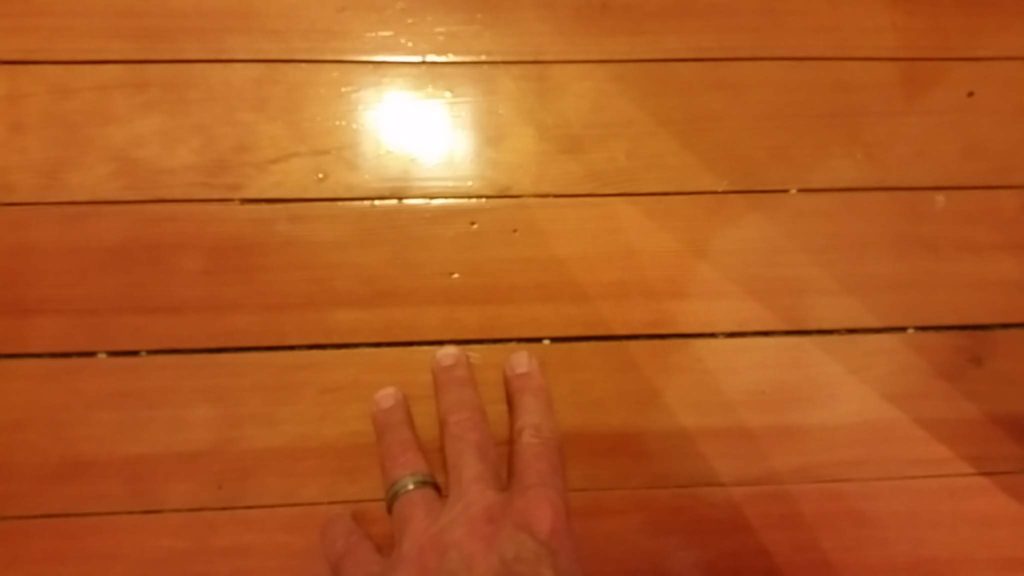A house constructed in 1945 will have unique issues. As a buyer, be prepared for over 70 years of renovations! In this post we discuss some of the issues from an inspection viewpoint.
The older the house, the greater the challenge for both seller and buyer.
From the seller’s perspective, the question is always how much to invest in the property. In most cases friends and family will usually advise to just bulldoze the building and start fresh. For the rare owner-seller who falls in love with the style, then the key is how to do a sensitive renovation to the house yet include modern conveniences.
For a buyer, the big question is… what could the renovation possibly be hiding that will cost me a pile of money to fix after the purchase. The older the property the more “opportunities” there are to cut corners for every needed renovation.
This past week I had the opportunity to view and inspect a 1945 fully renovated home. The features that made it special for me, and for the buyer I assume, were:
- Lath and plaster interior walls and ceilings
- Cove (rounded) corners
- Hardwood floors throughout, including kitchen and bathroom
- Narrow wood plank ceilings
- Small rooms and closets
Of course each of the above items has its drawbacks in terms of difficulty of repair, impracticability and a lack of space. But in this case the seller did a remarkable restoration which included the following items:
- Raise the house
- Remove the rock foundation walls
- Pour new a concrete footing and foundation
- Create a new ground level living area
- Remove the above ground oil storage tank and chimney
- Replace all the galvanized steel and cast iron for water and wastewater service
- Replace all the knob-and-tube electrical wiring and 2-wire receptacles.
- Insulate a non-insulated house
- Install new ducts, plumbing, wiring, windows, exterior doors, porch, deck
- Install a heat pump for all heating and air conditioning
- Re-sand and urethane the original wooden floors
- New cabinets, counters, fixtures in the kitchen and bathroom
- New French drain for surface water runoff
I’m sure the above list is still incomplete, but it does give an overview for the owner-seller’s passion for the project.
A home inspection for such a property has to cover three different construction eras: the original, the renovation and the new build. For a buyer, be sure to use an inspection firm that understands both minor and major renovations, and how the final integrated product needs to function.

